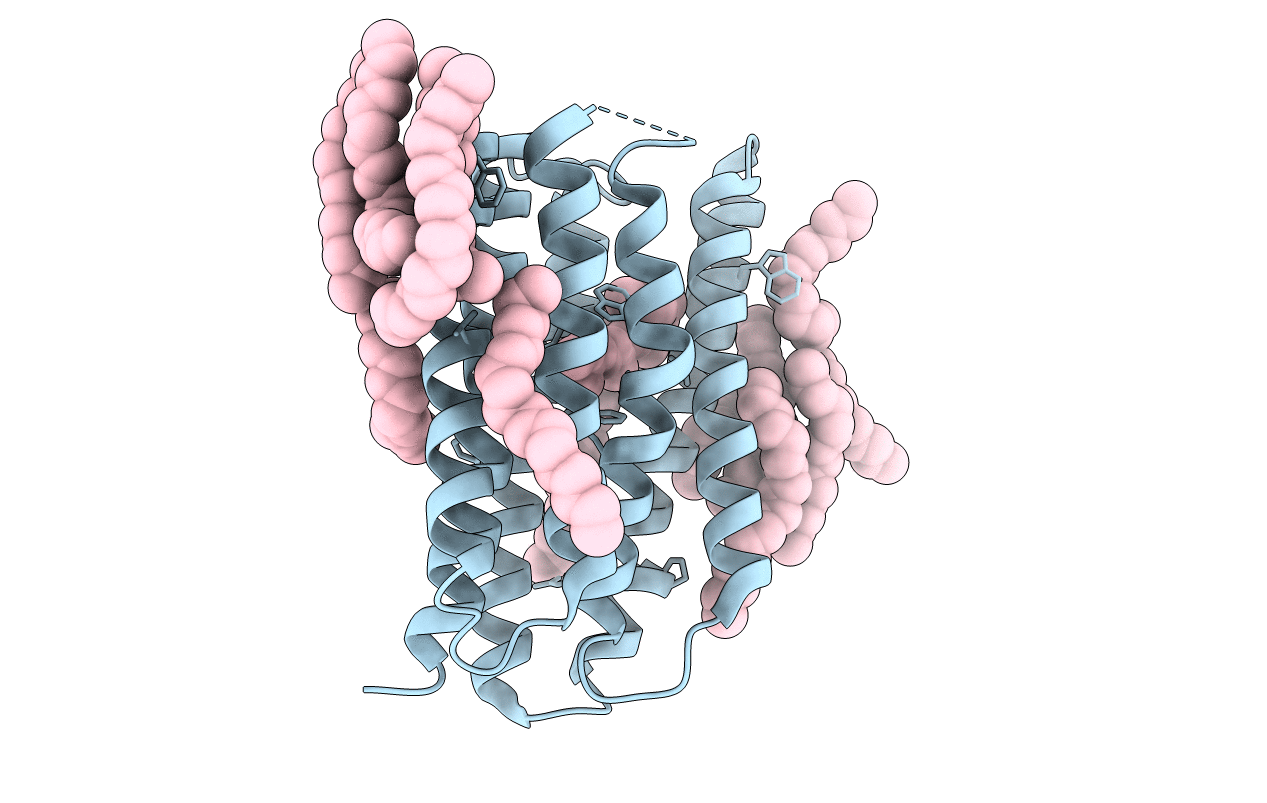
Deposition Date
2004-09-21
Release Date
2004-10-05
Last Version Date
2023-08-23
Entry Detail
Biological Source:
Source Organism:
Nostoc sp. PCC 7120 (Taxon ID: 103690)
Host Organism:
Method Details:
Experimental Method:
Resolution:
2.00 Å
R-Value Free:
0.25
R-Value Work:
0.22
Space Group:
C 2 2 21


